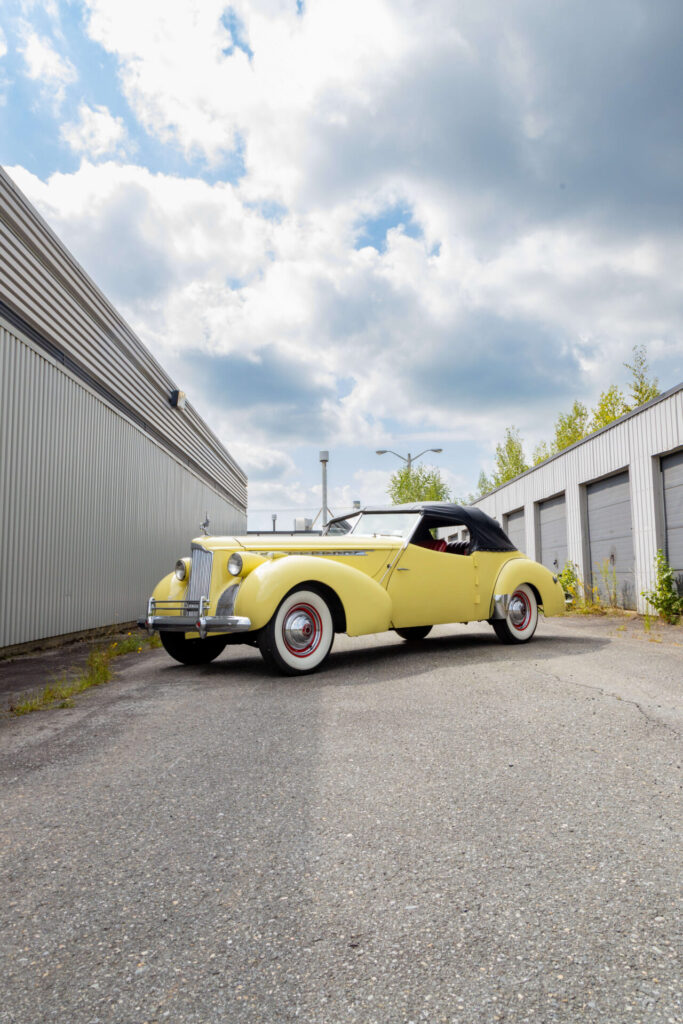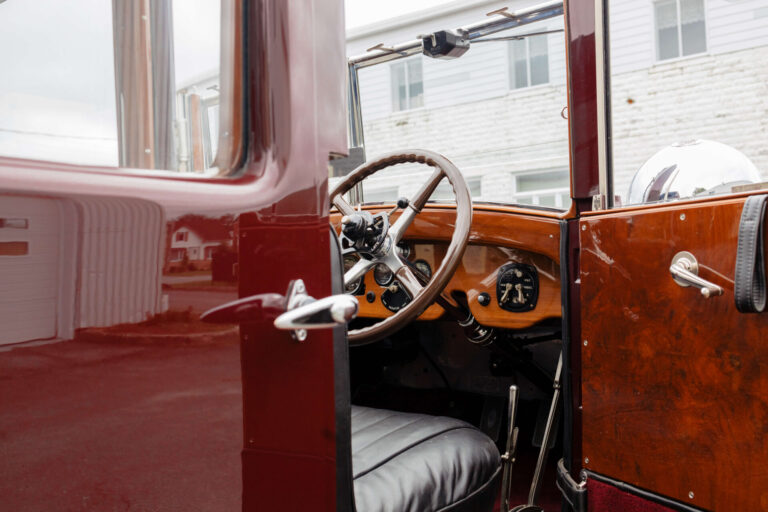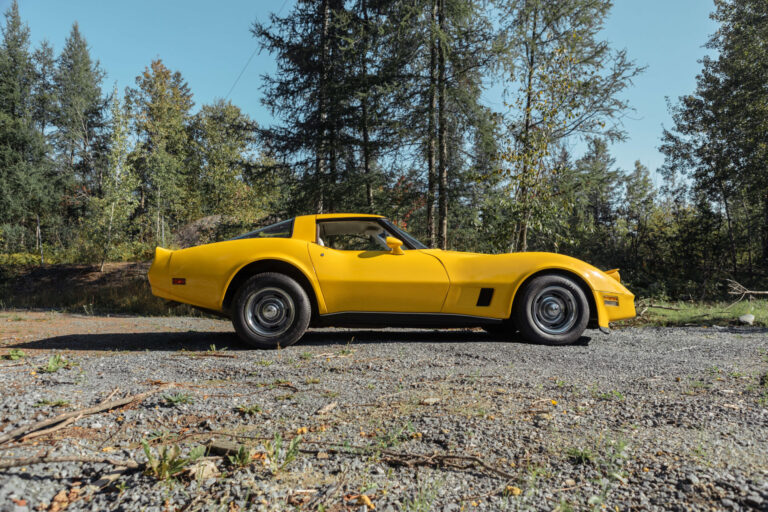The Automotive Dream “One man and his dream had not simply left the world with an engine and four wheels; Henry Ford and his Model T had influenced people's everyday lives - where they lived, how they spent their leisure time, even how they viewed themselves.” - Gary...
Packard-Darrin Super Eight Convertible Victoria – 1940
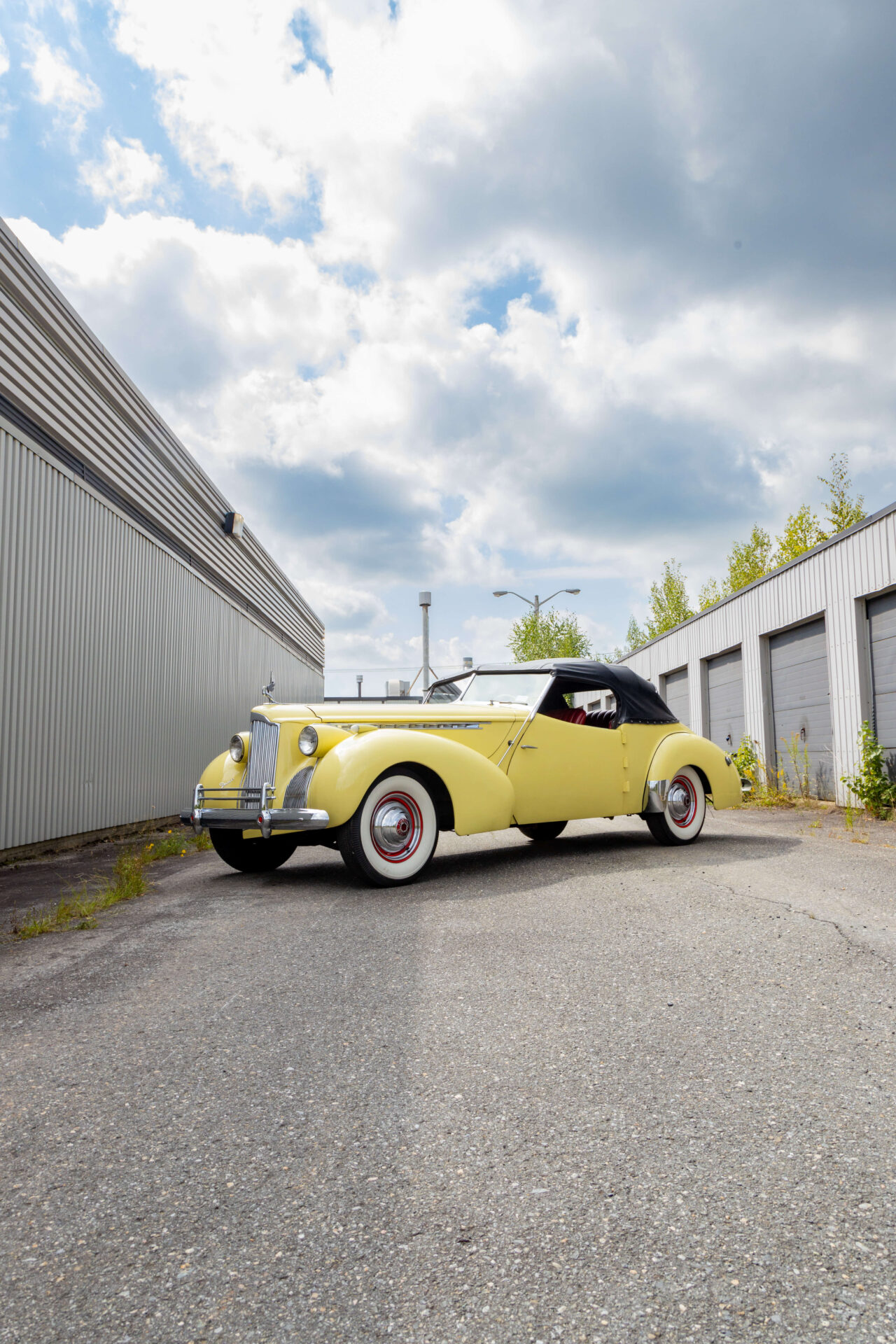
Photo credit - Good Vision Prod
Recent posts
Lagonda 16/80 Special Six 1933
English Touring The car we present to you this week is the Lagonda 16/80 Special Six in the Demers Car Collection. Lagonda was a luxury British car brand that Aston Martin eventually absorbed. Through its association with Aston Martin, it is sometimes hard to remember...
An Introduction to Lagonda
Before Aston Martin “The history of Lagonda cars is synonymous with sophistication, opulence, and groundbreaking performance” - An article for Discovery UK Today, we may recognize the name Lagonda from its association with Aston Martin. Before these two brands...
Cadillac Model A 1903
The Standard of the World “No other American car on the market in the first decade of the century was constructed to higher standards than Cadillac.” - Stephen W. Sears in The Automobile in America Some of you may know that Cadillac has long had the slogan “Standard...
Style Icon
“Bona fide Classics all, the Packard Darrins remain the dream machines they were in 1940-42: rare and expensive rolling artwork that many can appreciate but only a few can own.” Collectible Cars by the editors of Consumer Guide
The subject of this week’s article is the 1940 Packard Super Eight Convertible Victoria by Darrin in the Demers Car Collection. A style icon, this car started as a custom project by design house Darrin of Paris. Howard “Dutch” Darrin’s, famous carrossier to the stars, remodeled Packard was so good that Packard had to add it to its regular lineup! Still, Packard made less than 200 Packard-Darrins (all years and variations combined) and it remained an exclusive car. Keep reading to learn more about Packard, Darrin and how the Packard-Darrin came to be.
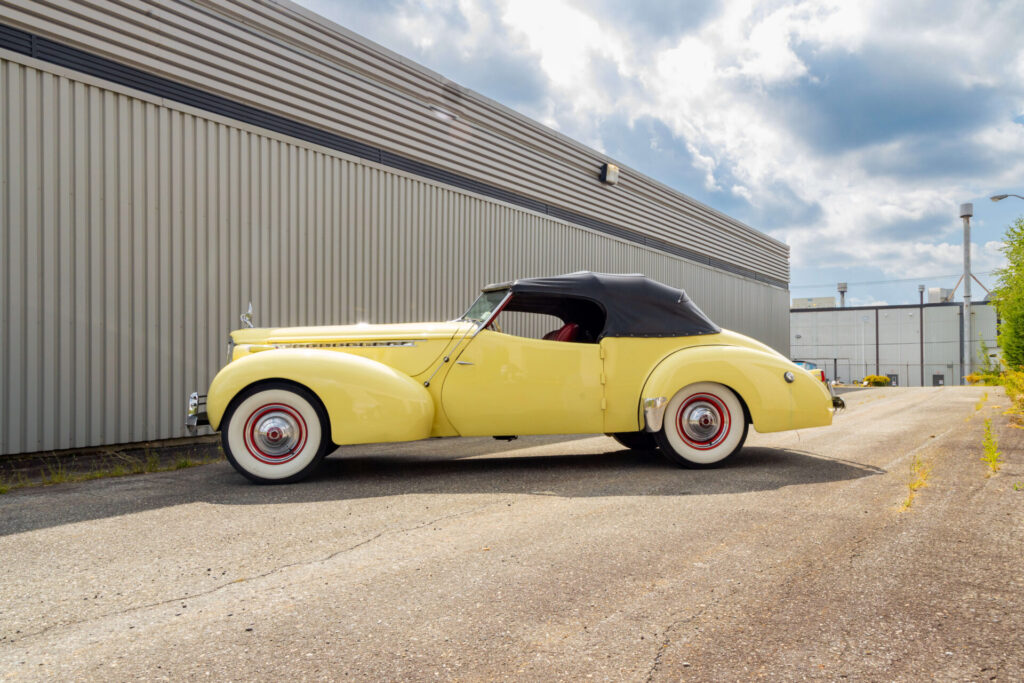
A Little About Packard
Brothers James and William Packard Founded the Packard Electric Company in 1890 and made their first car in 1899. In 1902, the company’s name changed to Packard Motor Car Company as it had already produced about 400 cars. From then on, the American pioneering brand grew in scale and developed a reputation for producing luxury automobiles in the same category as Pierce-Arrow and Peerless. High-end Packards were the chassis of choice of many rich American buyers who wanted custom coaches. As with many other American luxury car manufacturers, Packard thrived in the 1920s. By 1930, it controlled about half of the American luxury car market and outsold Cadillac and Chrysler. Although many other luxury brands did not survive the Great Depression, Packard did. It was able to keep costs low with a single production line and offered a medium-priced model, the 120.
Having a good-selling medium-priced car allowed Packard to continue making high-end luxury ones too. By the late 1930s, Packers was producing a diverse catalog of conservative cars. Packard introduced the Super Eight in 1933. It was an eight-cylinder luxury car that shared some frames and bodies with the top-of-the-line Packard Twelve. After 1939, the Packard Twelve was discontinued and the new Packard Super Eight One-Eighty would take its place in 1940. As their most expensive product, it was both performant and pleasing to the eye. With this status, it also deserved some custom bodies. For 1940, it came in 11 different body styles, six of which were customs: three were designed by Darrin and the three others were done by Rollson.
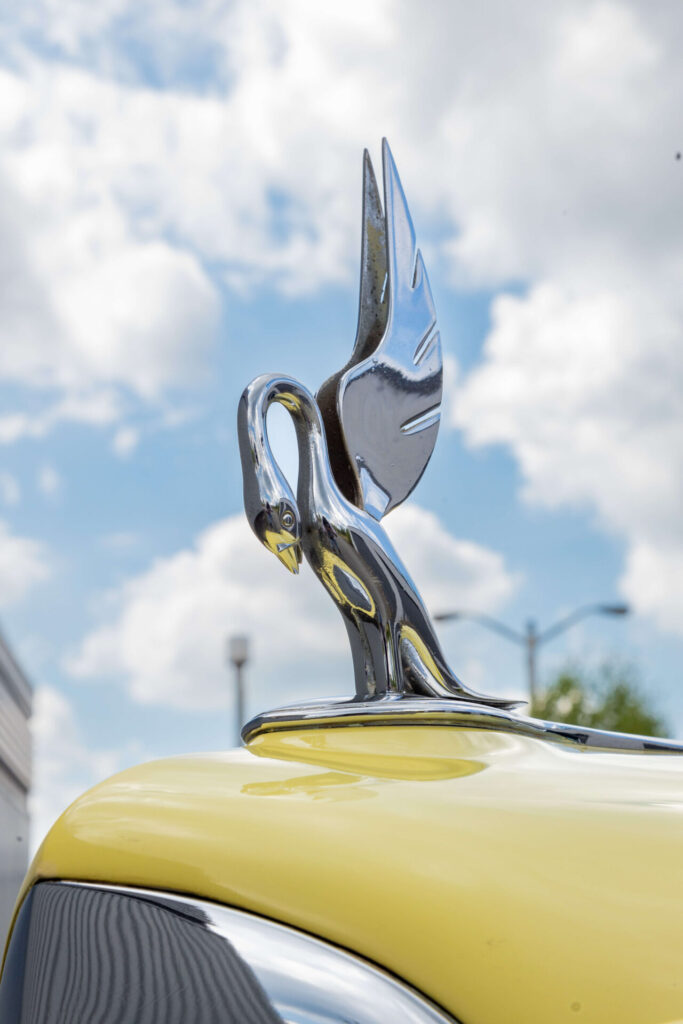
About Darrin and Coachbuilding
Howard Darrin was an internationally renowned custom coachbuilder. His work brought him to meet many notorious clients like Greta Garbo and Clark Gable. His background in electrical engineering served him well when he designed custom coaches. He worked on chassis from brands like Rolls-Royce, Isota Fraschini and Hispano-Suiza.
In the late 1930s in America, custom coachbuilders declined in popularity and luxury brands like Duesenberg, Cord and Pierce-Arrow disappeared. Plus, large entities like GM, Ford and Chrysler were now working with in-house design departments. Many other factors also influenced the fall of the tradition of custom coachbuilding, but the result was the same, the late 1930s and early 1940s saw a permanent change in the automotive world.
Darrin still worked in this transitional period. He first made “semi-custom” cars by adapting catalog models. This was a cheaper way of making cars that still deferred from mass-market products. This kind of work led him to projects like the Packard-Darrin you see here. Arguably, it is lucky that he managed to sell his designs to larger automotive builders like Packard. By giving his name to a model made in series, he became an immortal part of automobile history. As fashions changed, many one-off custom coaches were destroyed and changed at the whim of their wealthy owners, but many Packard-Darrins still exist today.
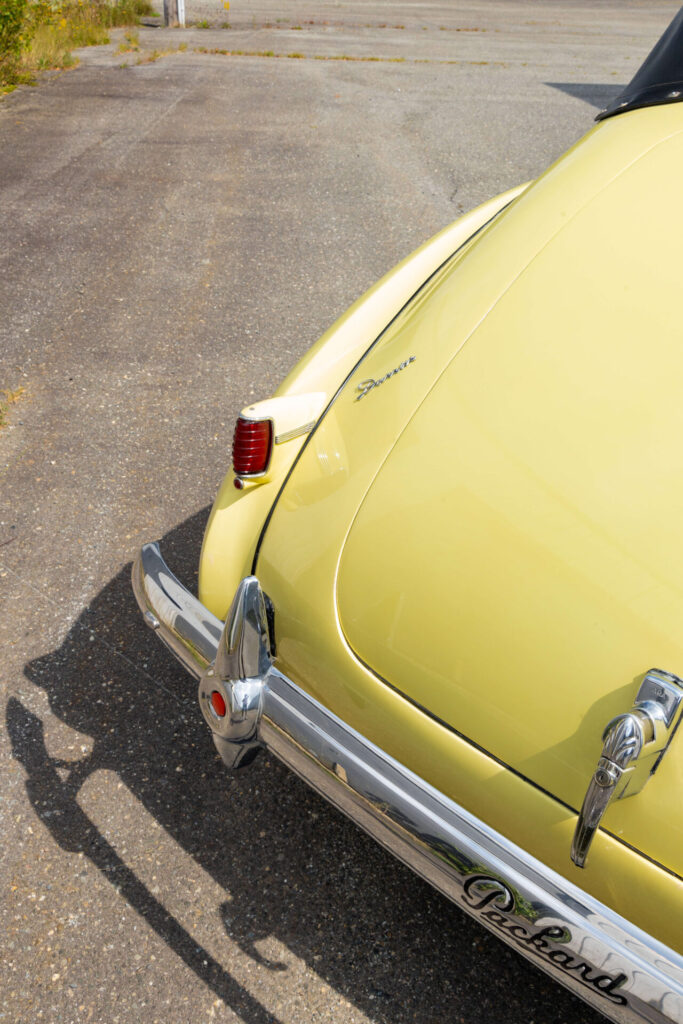
The Packard-Darrin
Born as a semi-custom project for actor Dick Powell, Darrin made the first Packard-Darrin in 1937. Darrin used a catalog Packard 120, cut its roof and doors, discarded the running boards and redid it to his liking. The resulting car was so striking that he was asked to repeat it on several other units. Actor Clark Gable owned one of said units which gave Darrin and his cars “free nationwide publicity.”
Wanting to put his car in the Packard catalog, Darrin parked one of his cars in front of the Packard Proving Ground in 1939 during an annual dealer’s meeting to get noticed. Packard was reluctant to abide by this stunt. Plus, Darrin’s flashy designs for Hollywood stars clashed with Packard’s conservative image. Finally, after enthusiastic pressure from their dealers, Packard agreed to add it to its official line. In 1940, the custom Darrin was added to the Packard catalog. It was offered in three models, the Convertible Sedan, the four-door Sport Sedan, and the Convertible Victoria. Darrin’s Packards became showroom magnets with some dealers reporting traffic increases of up to 300%. Advertisements for the cars used the tagline “Glamour Car of the Year.”
The Packard-Darrin in the Demers Car Collection is a 1940 Convertible Victoria. The Convertible Victoria was one of Darrin’s favorite body styles. It allowed for a blend of formality and sport. With his engineering background, Darrin was a master of the convertible roof. It could be set in three positions: open, closed and semi-open. When the roof was stowed, it disappeared completely. In the semi-open position, the roof would cover the back passengers but leave the front passengers roofless, in the manner of traditional town cars. Packard-Darrins were top-of-the-line with prices going from a “budget” $3,800 to $6,300 in 1940.
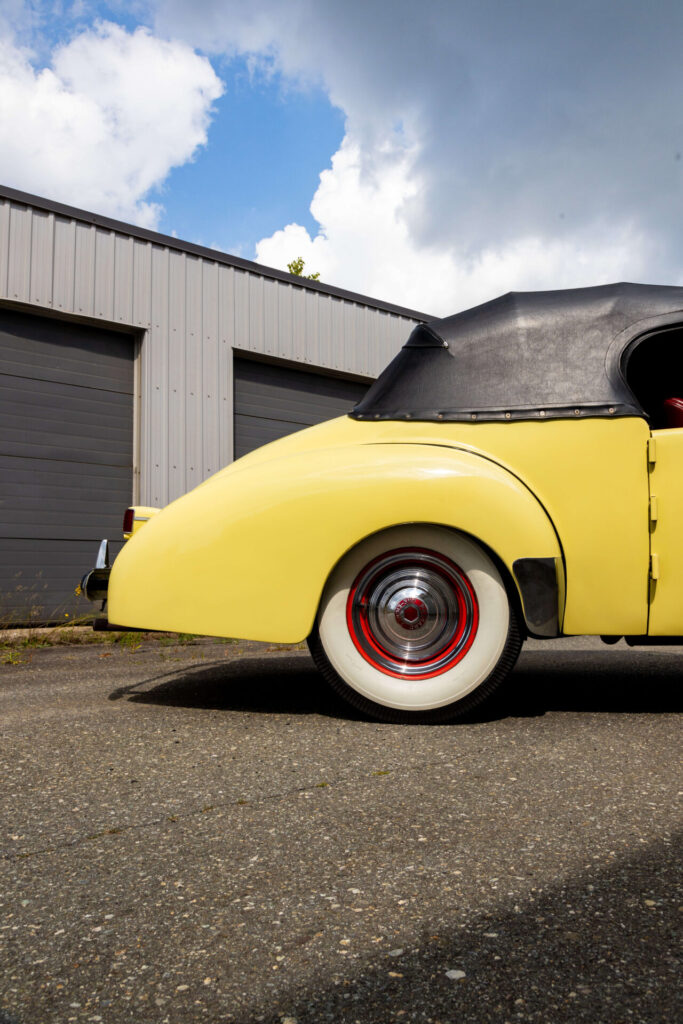
What Now
Although Packard didn’t want to make them at first, today Packard-Darrins are the most desirable Packards of this period. These top-of-the-line “Senior” Packard models of 1940 and 1941 marked the end of this style of automobiles and coachbuilding. The Demers Car Collection is proud to house a 1940 Packard-Darrin Convertible Victoria. If you wish to see it in person, Currus Dreems now offers exclusive guided tours of The Collection so you can come to check it out! Otherwise, don’t miss next week’s blog where we explore a design house from the other side of the pond: Ghia.
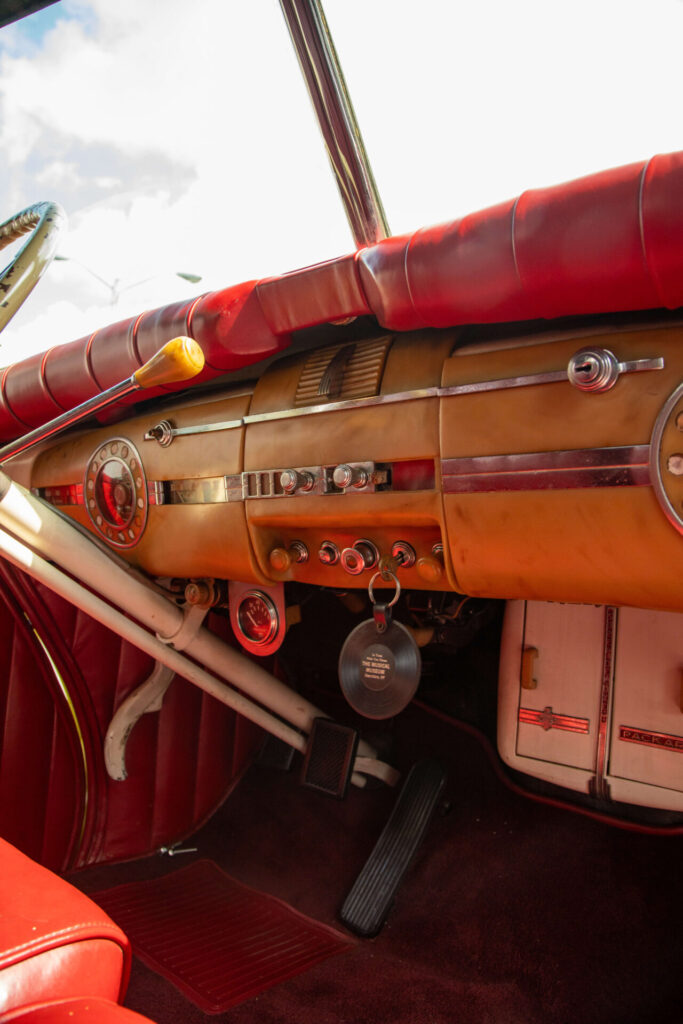
The Nitty Gritty
- Straight 8 L-head engine
- 160 hp
- 127 in. wheelbase
- Selective synchromesh, three-speed column shift
- Hydraulic brakes
